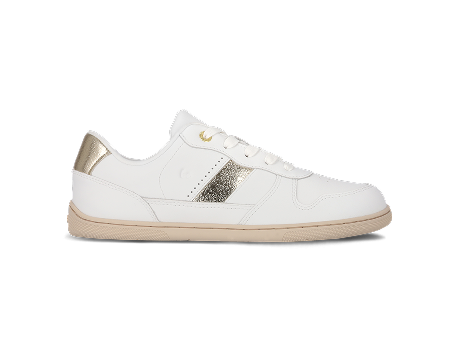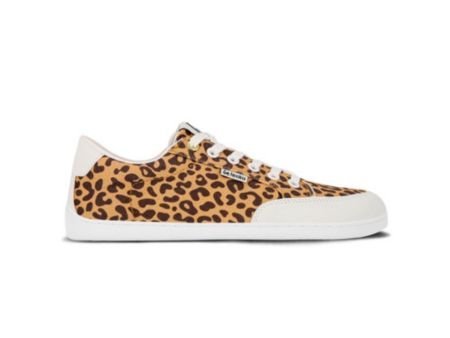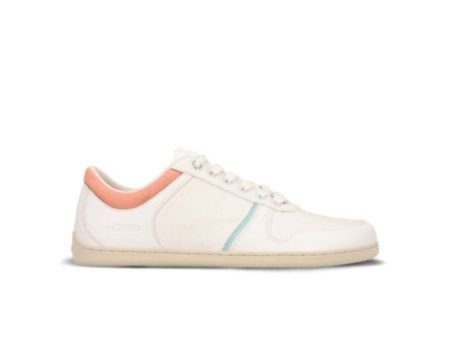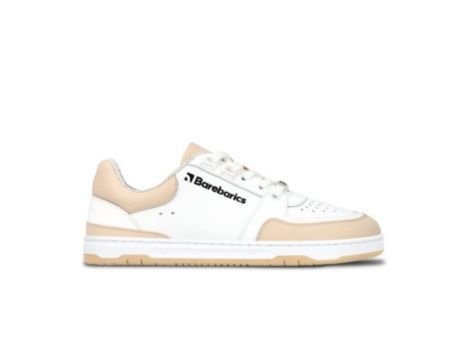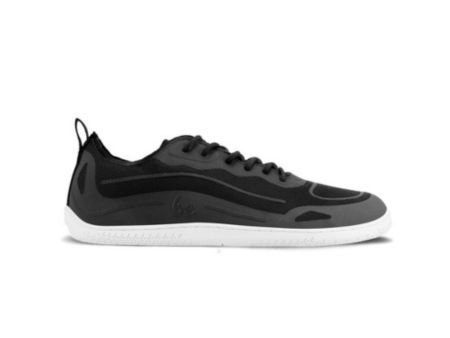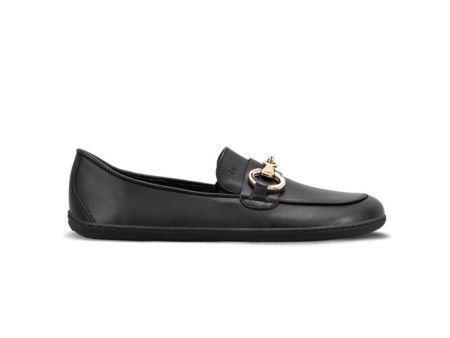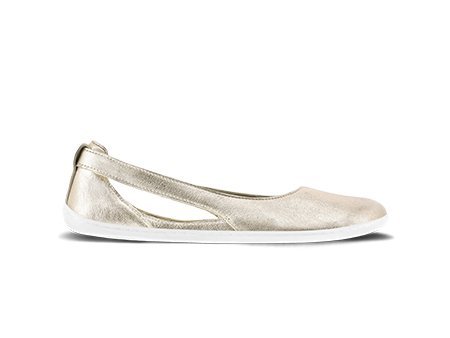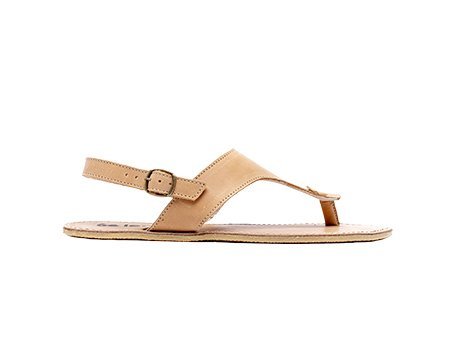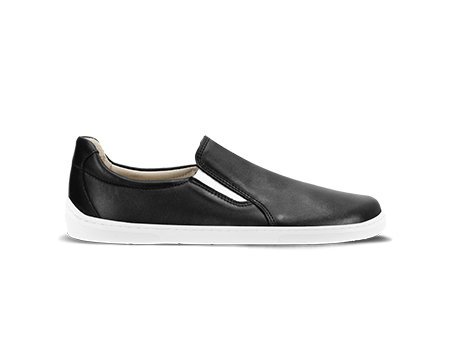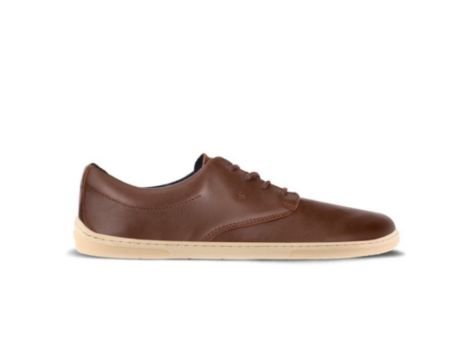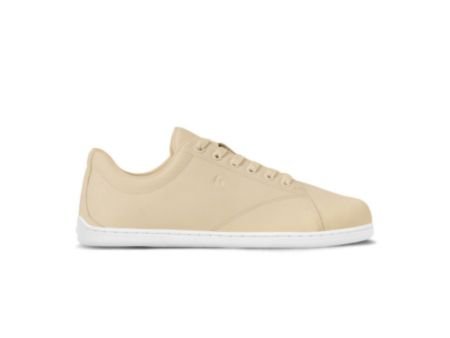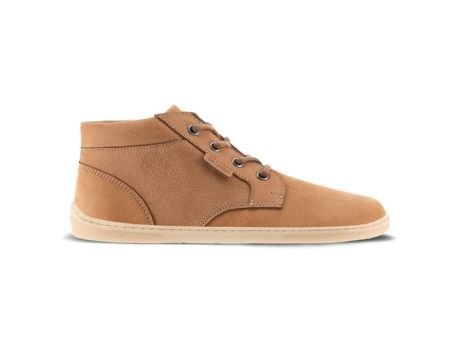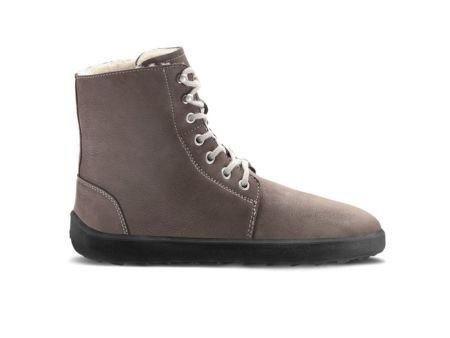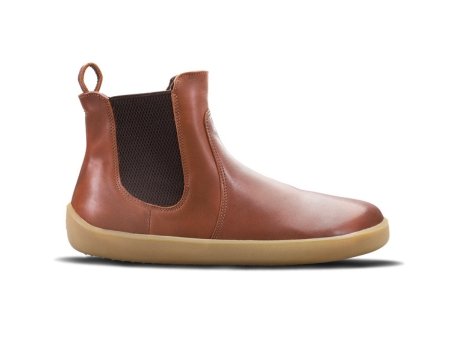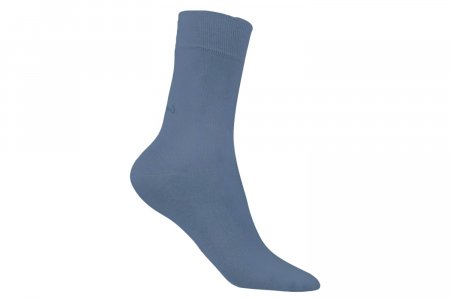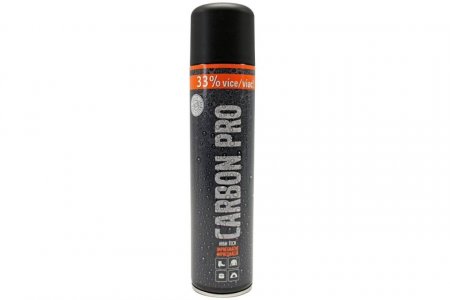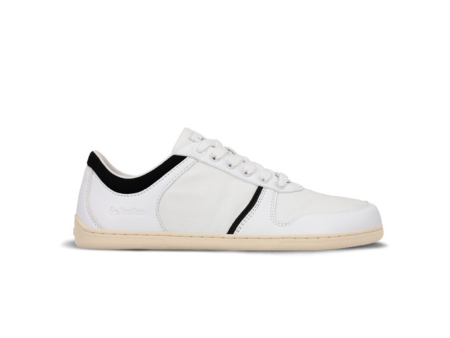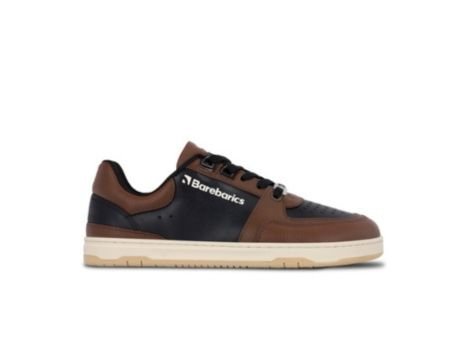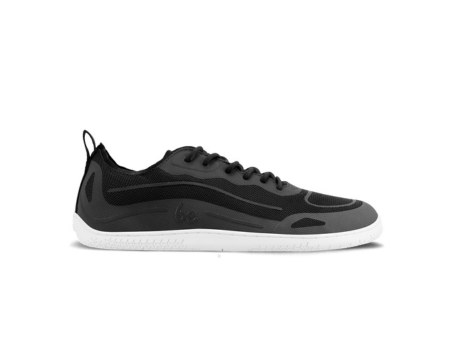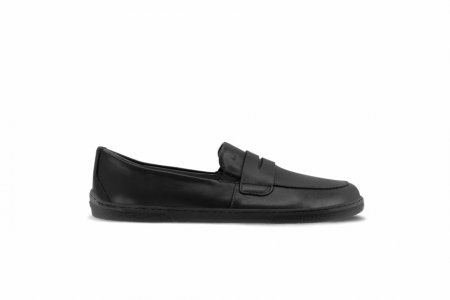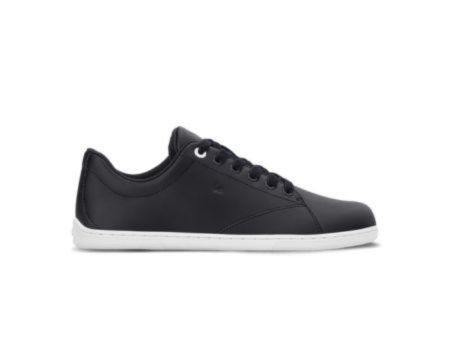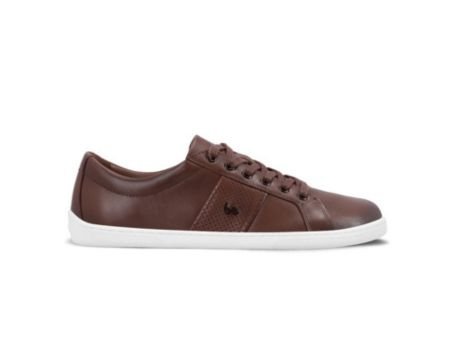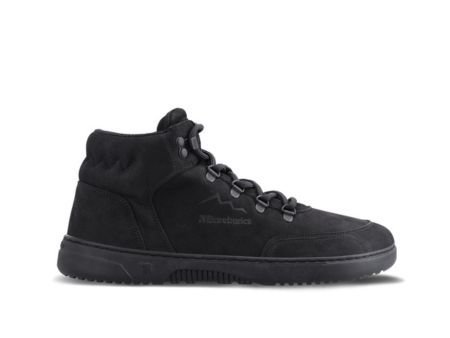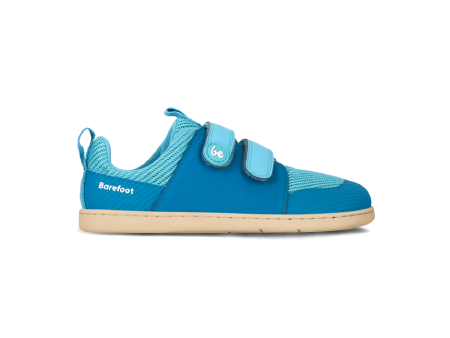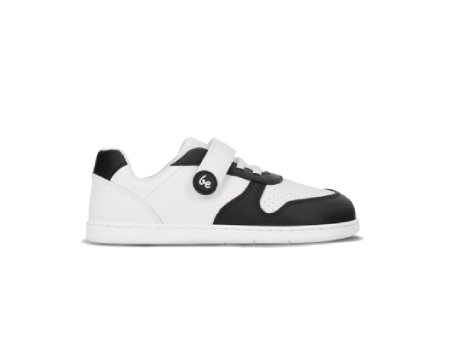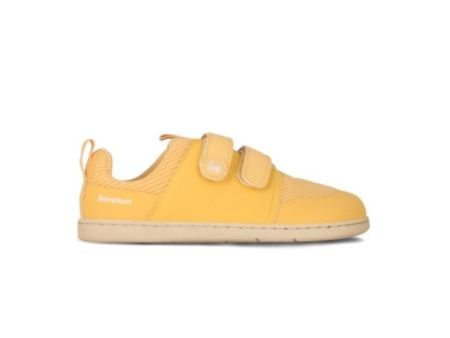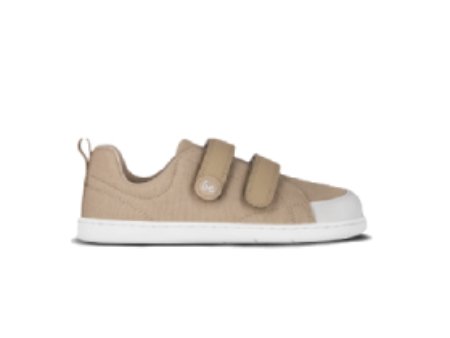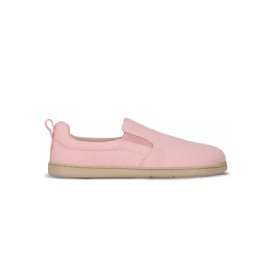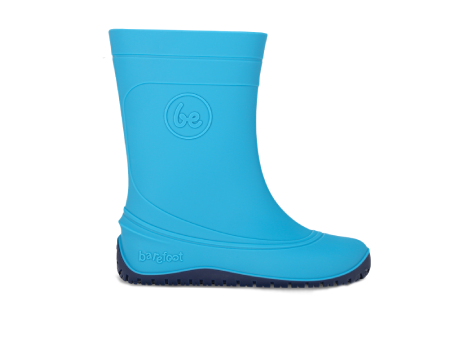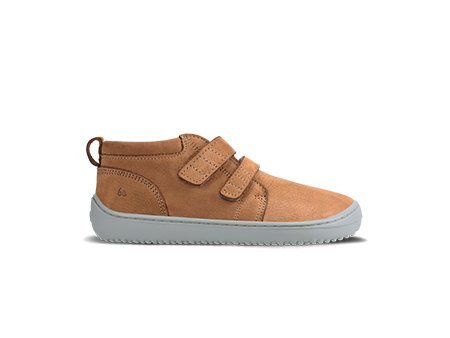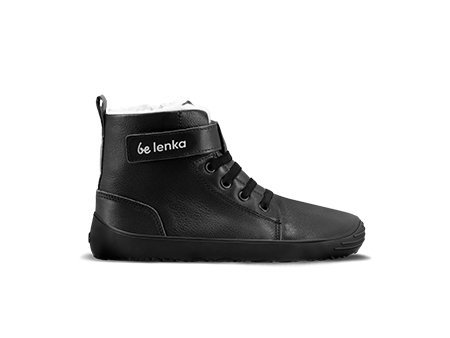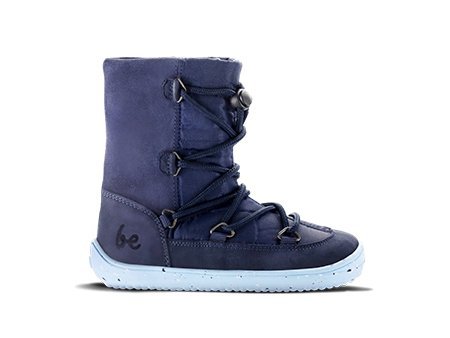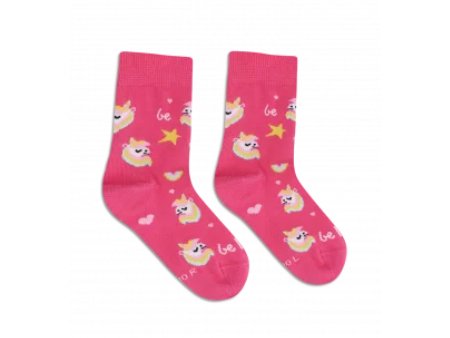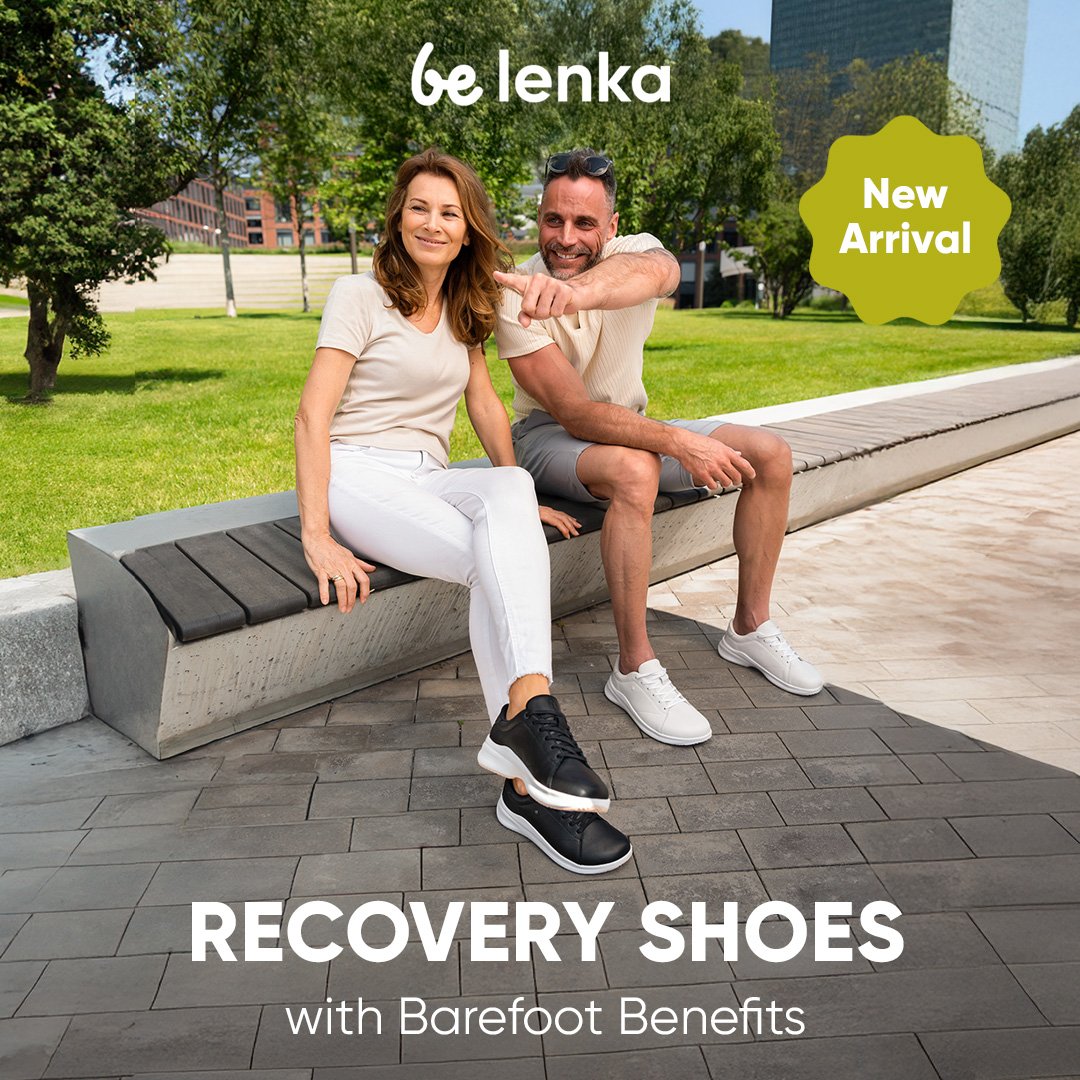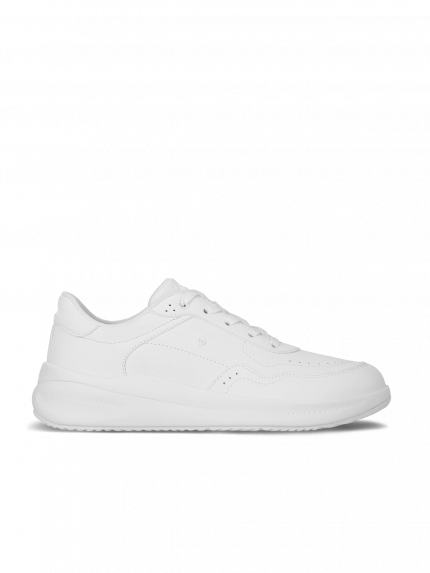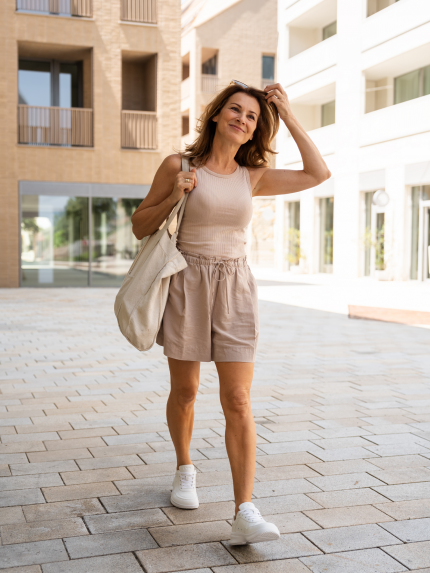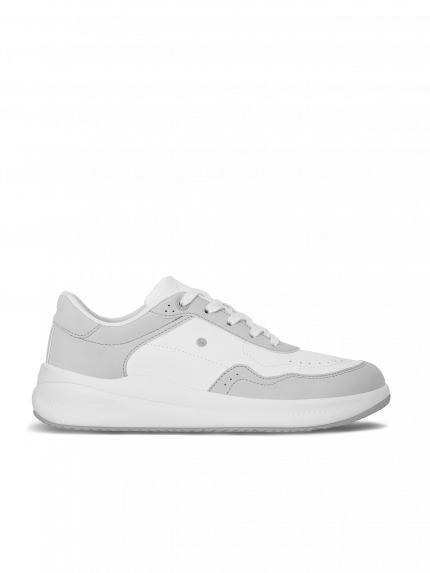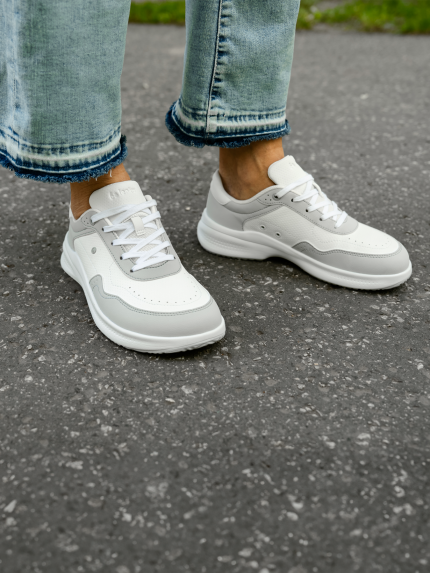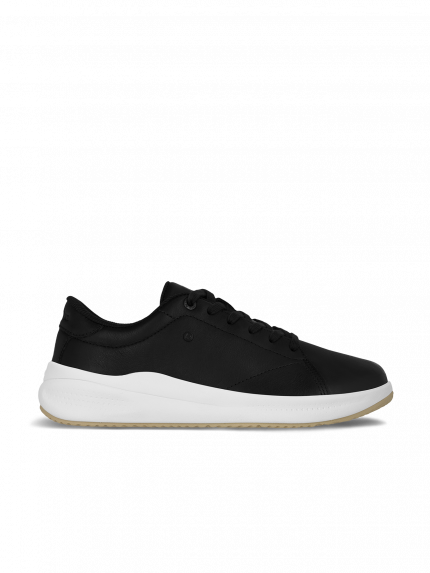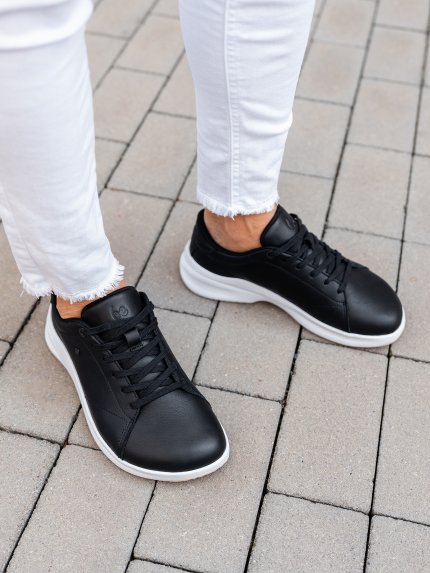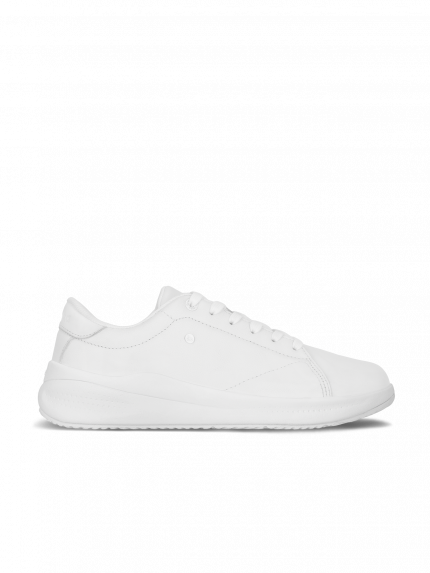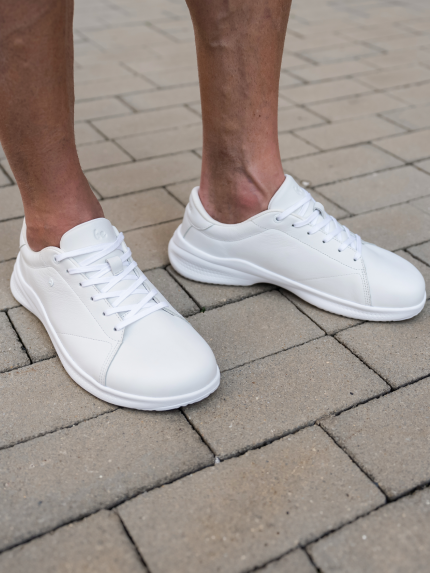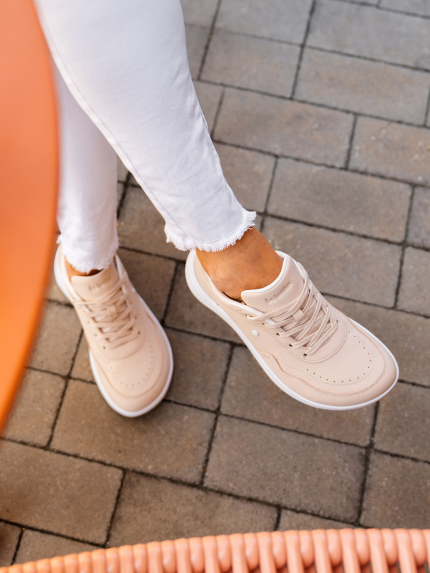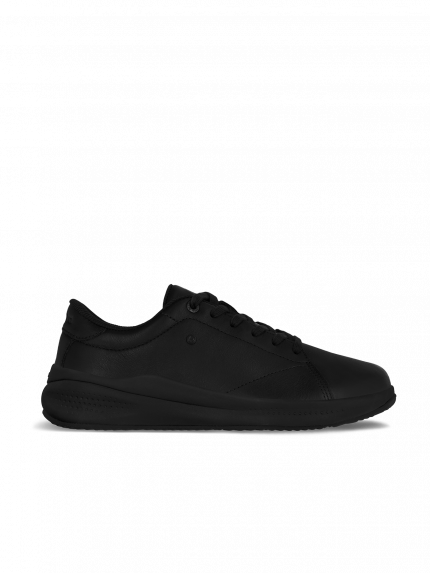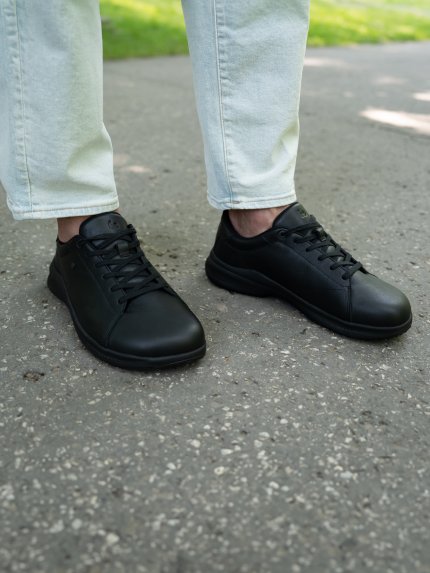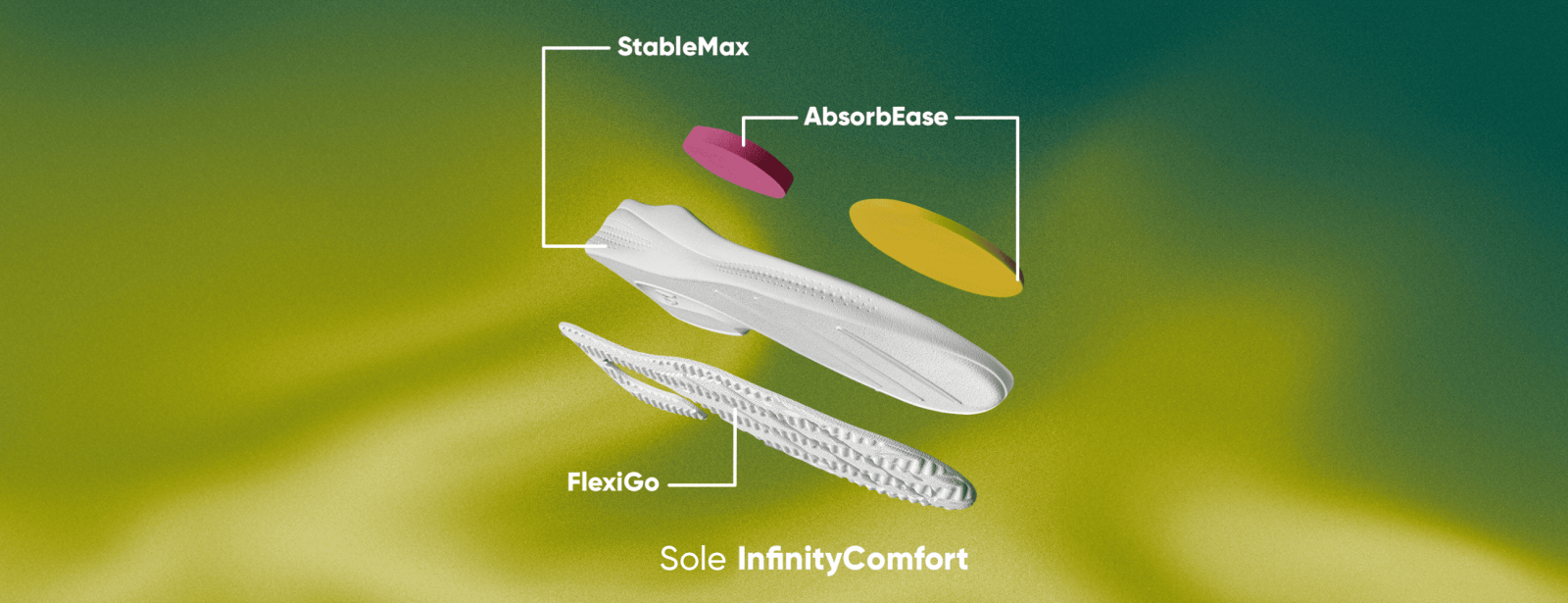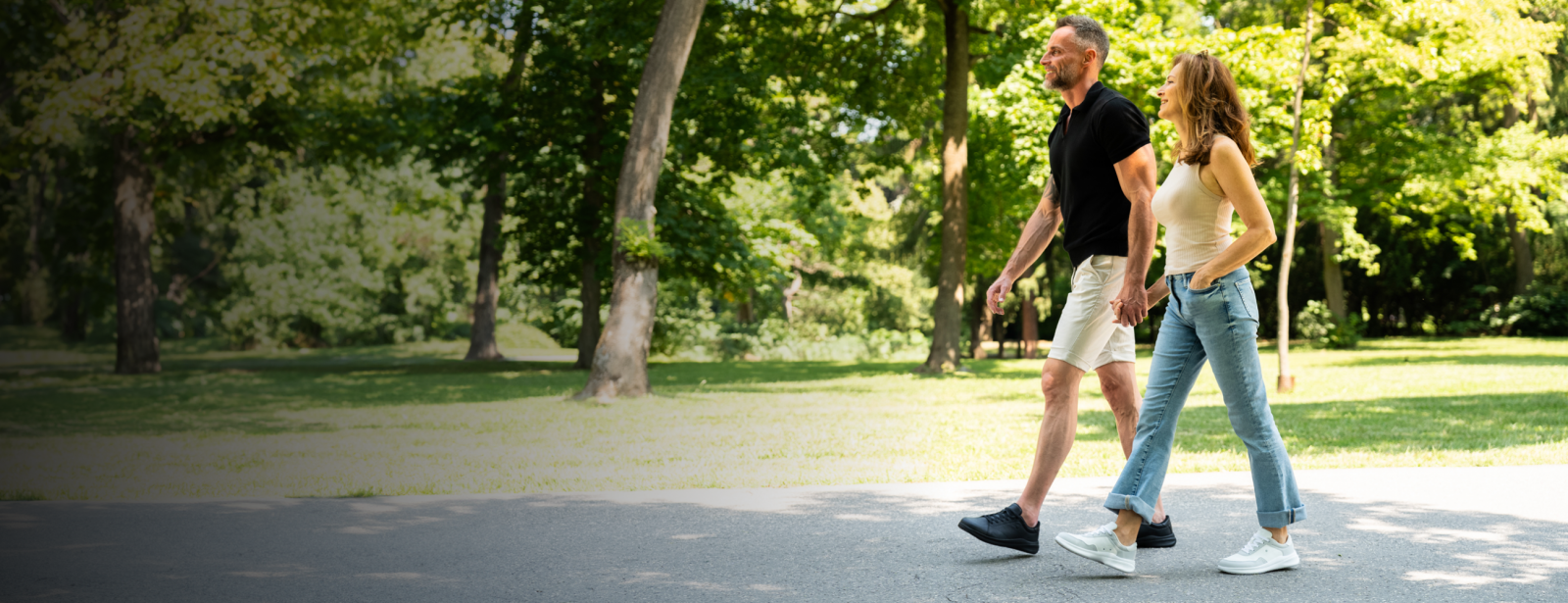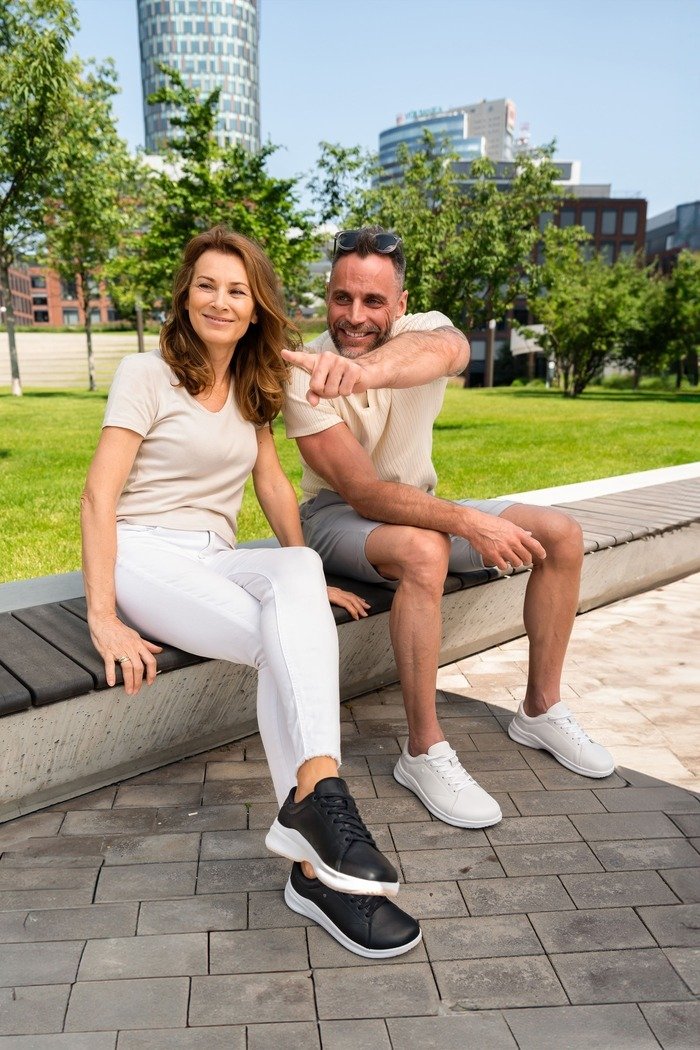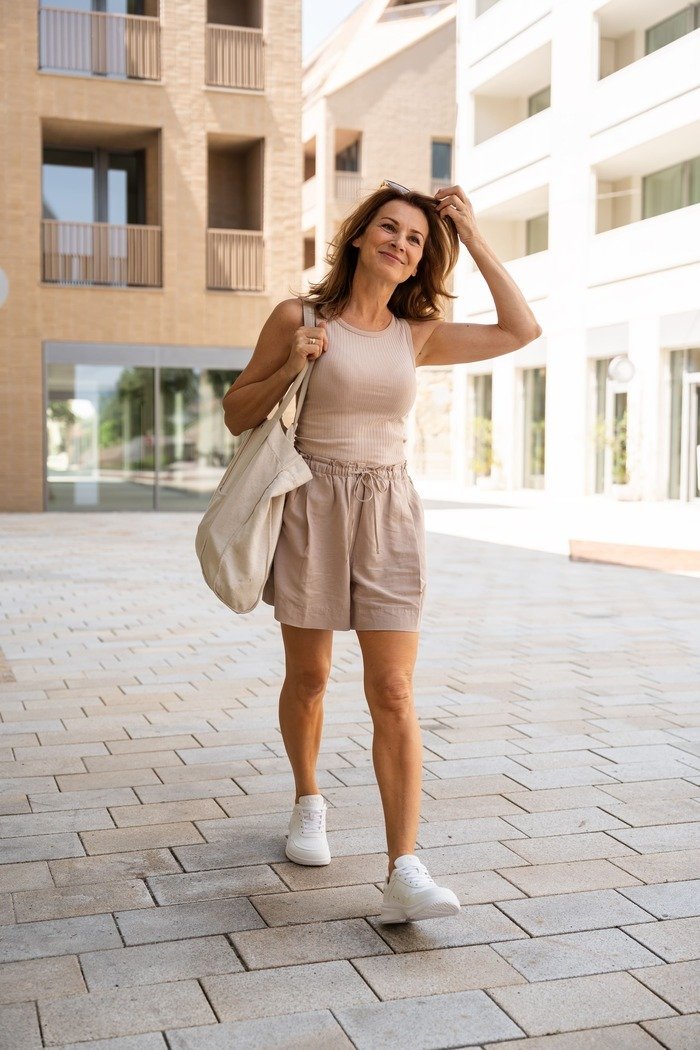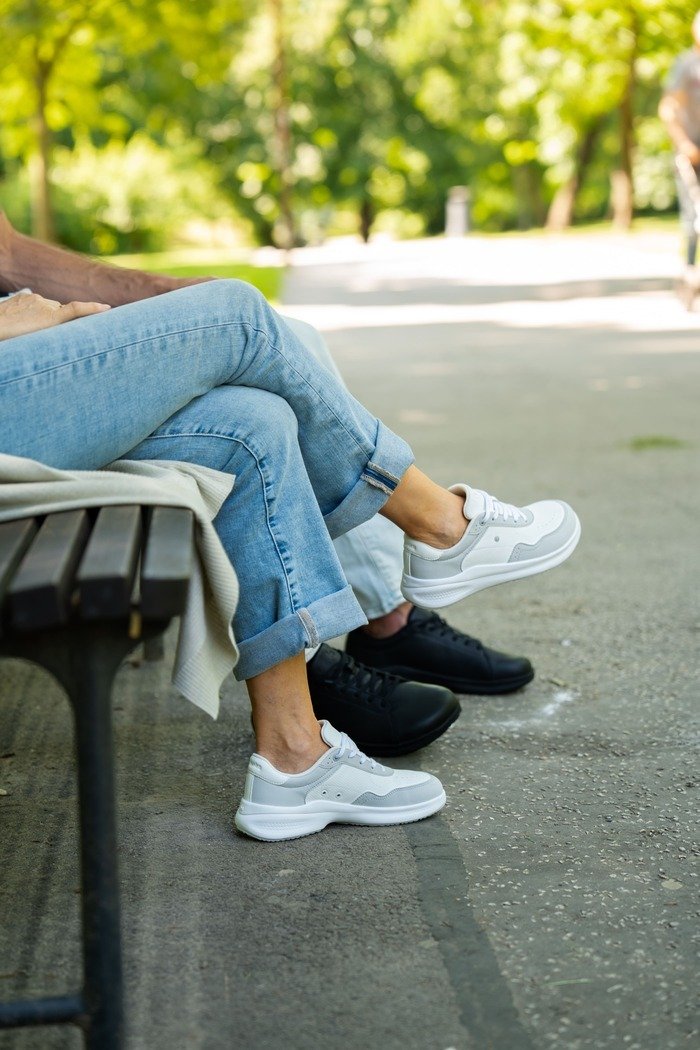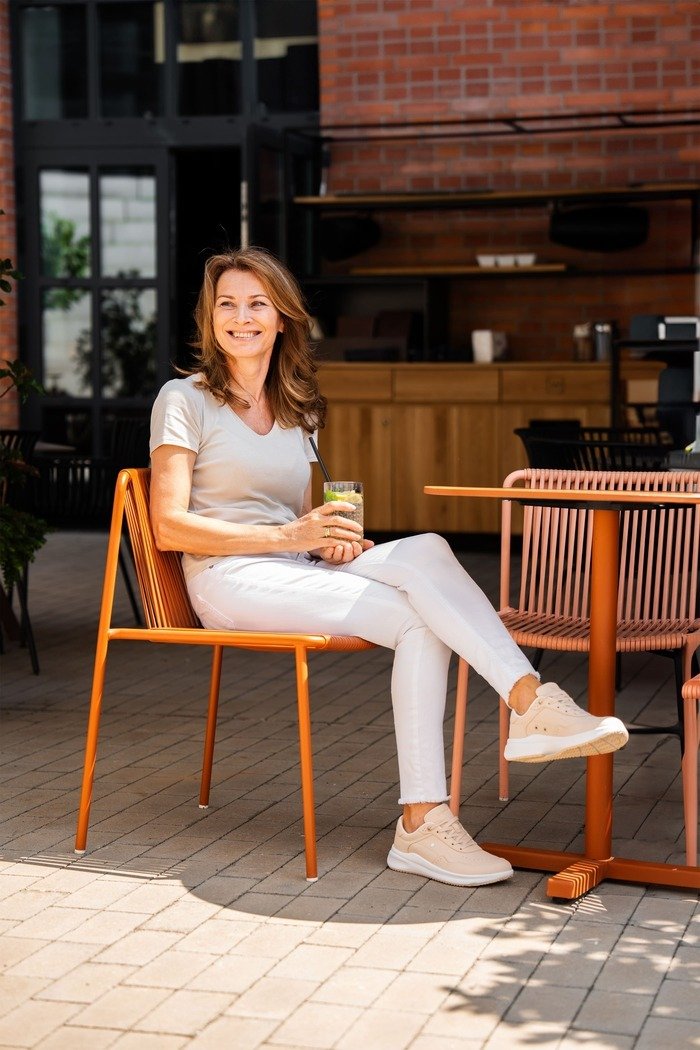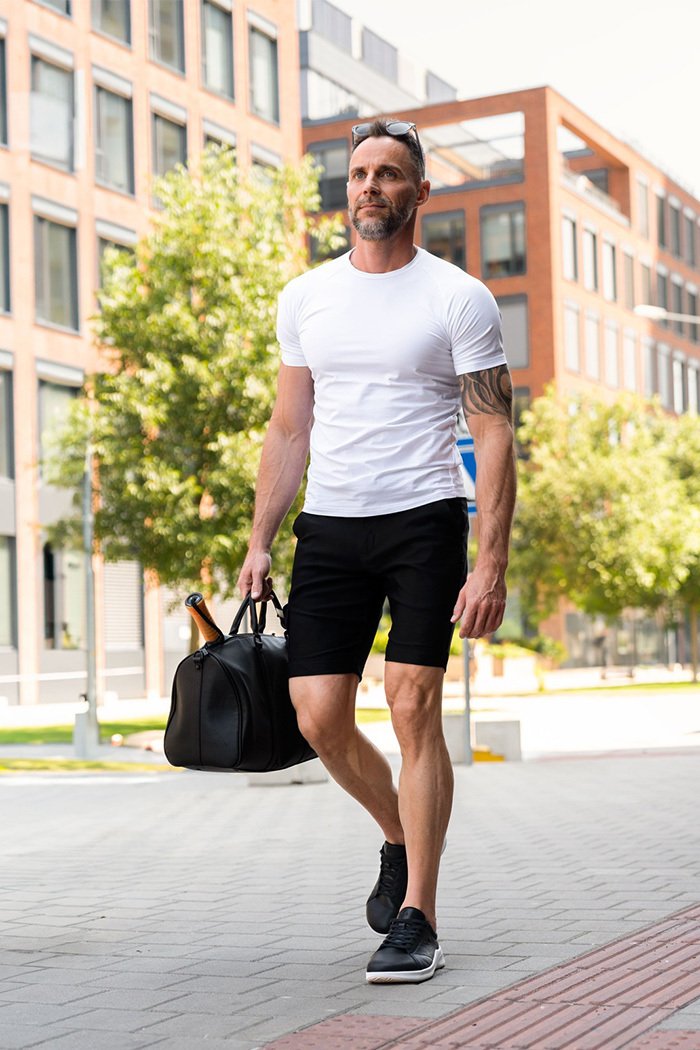Created as a response to what you really need
We understand that everyone moves at their own pace and sometimes the journey to natural walking takes time.
that respects your needs.
Recovery Shoes Features
The toes have enough space and can move freely.
and support the foot's natural function while walking
Why did a barefoot brand decide to create shoes with a thicker sole and 6 mm drop?
+ -Because we listen to our customers. Many have told us about their concerns regarding ultra-thin soles — whether due to health reasons, standing or walking on hard surfaces, or simply a natural hesitation when first trying barefoot footwear.
We believe barefoot is the most natural way to walk. At the same time, we understand that transitioning to it can be a gradual process. That’s why the Recovery Shoes category was created. To accompany you on your barefoot journey, from your first steps to full integration of the barefoot philosophy into daily life.
Recovery Shoes respect your needs, concerns, comfort, and health. They're here to support you at the start of your barefoot path.
Who are Recovery Shoes suitable for?
+ -For anyone who:
- wants to try barefoot shoes for the first time but is concerned about thin soles
- feels discomfort when standing for long periods or walking on hard surfaces (e.g. at work)
- has knee or back problems and will appreciate intelligent cushioning
- seeks comfort, room for toes, and also needs support while walking
- wants comfortable and stylish shoes. All Be Lenka models offer a natural walking feel in a sleek design that fits any outfit
Can these shoes be worn all day
+ -Yes. Recovery Shoes are designed for all-day wear without discomfort — whether you're indoors, like at the office, or out on a walk in nature. Thanks to intelligent cushioning and a thermoregulating layer in the sole, the shoes adapt to various conditions: they protect the foot from ground cold while also ensuring comfort in warmer indoor spaces.
Will the raised heel affect my gait?
+ -No. The sole has a slight difference between heel and toe height, but it’s not a traditional heel. This gradual slope gently supports the transition to barefoot walking without a sudden change in biomechanics.

